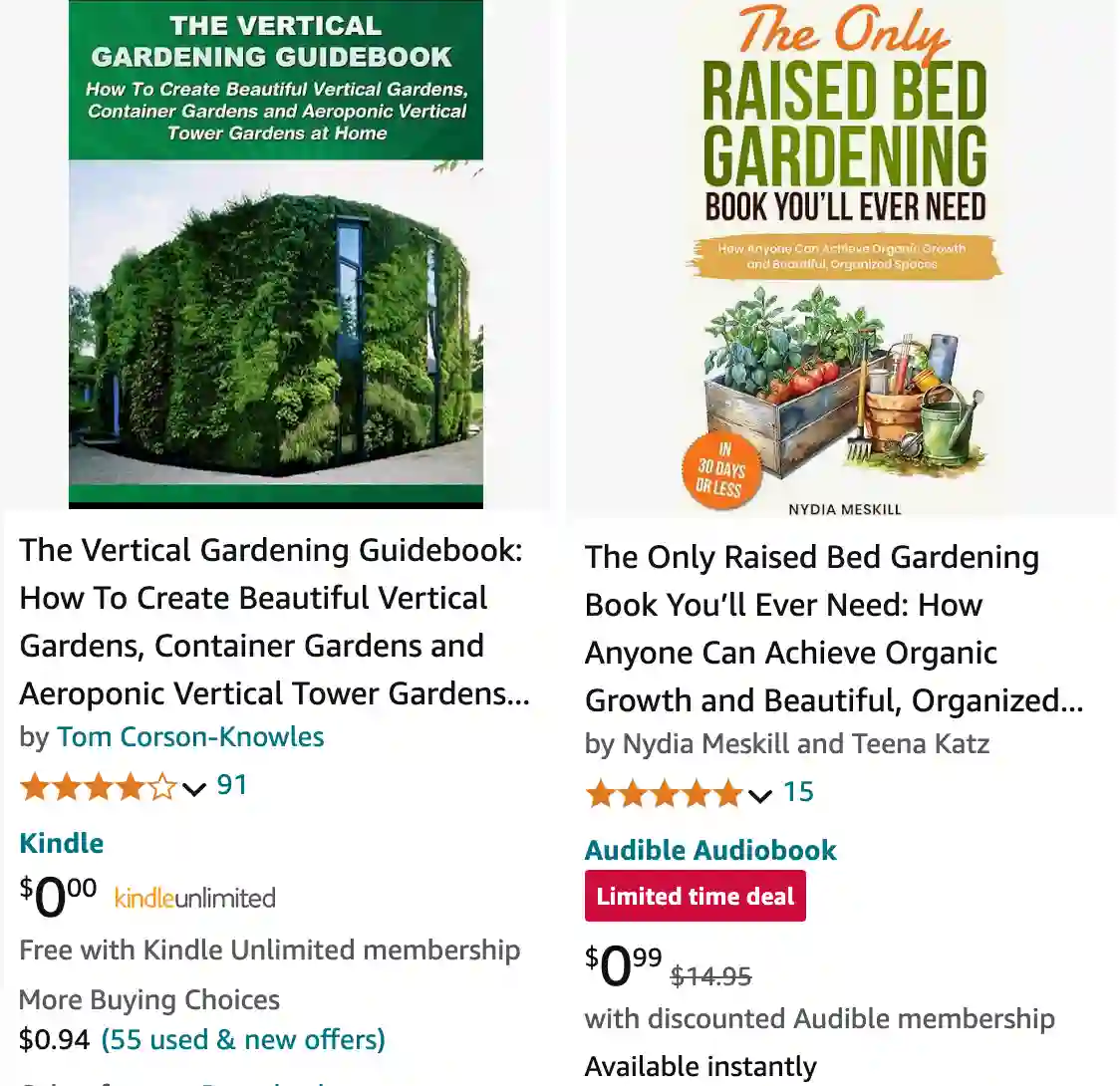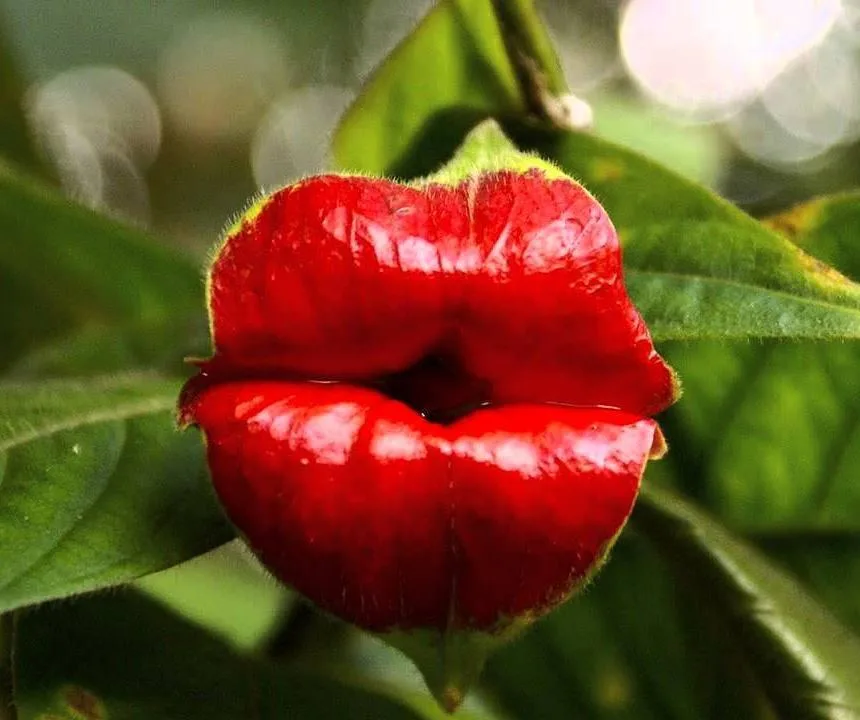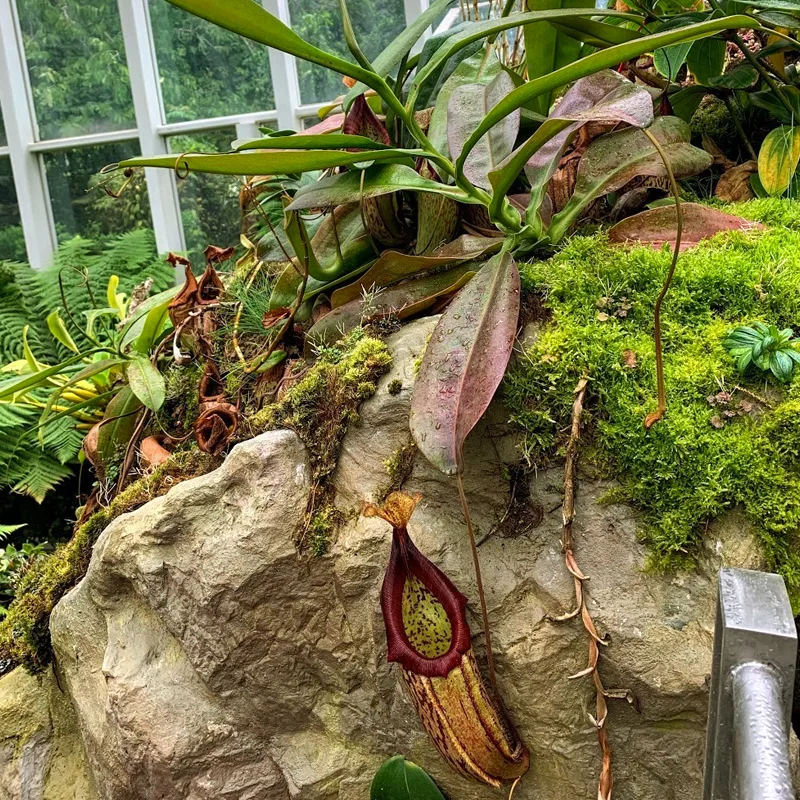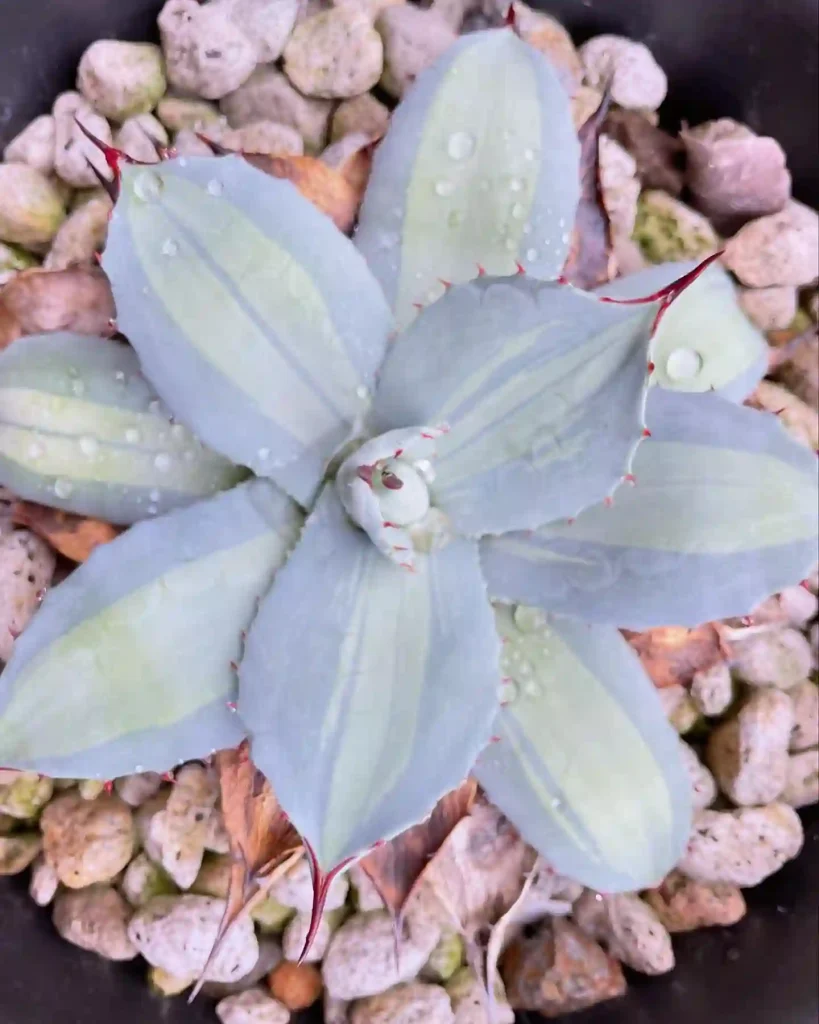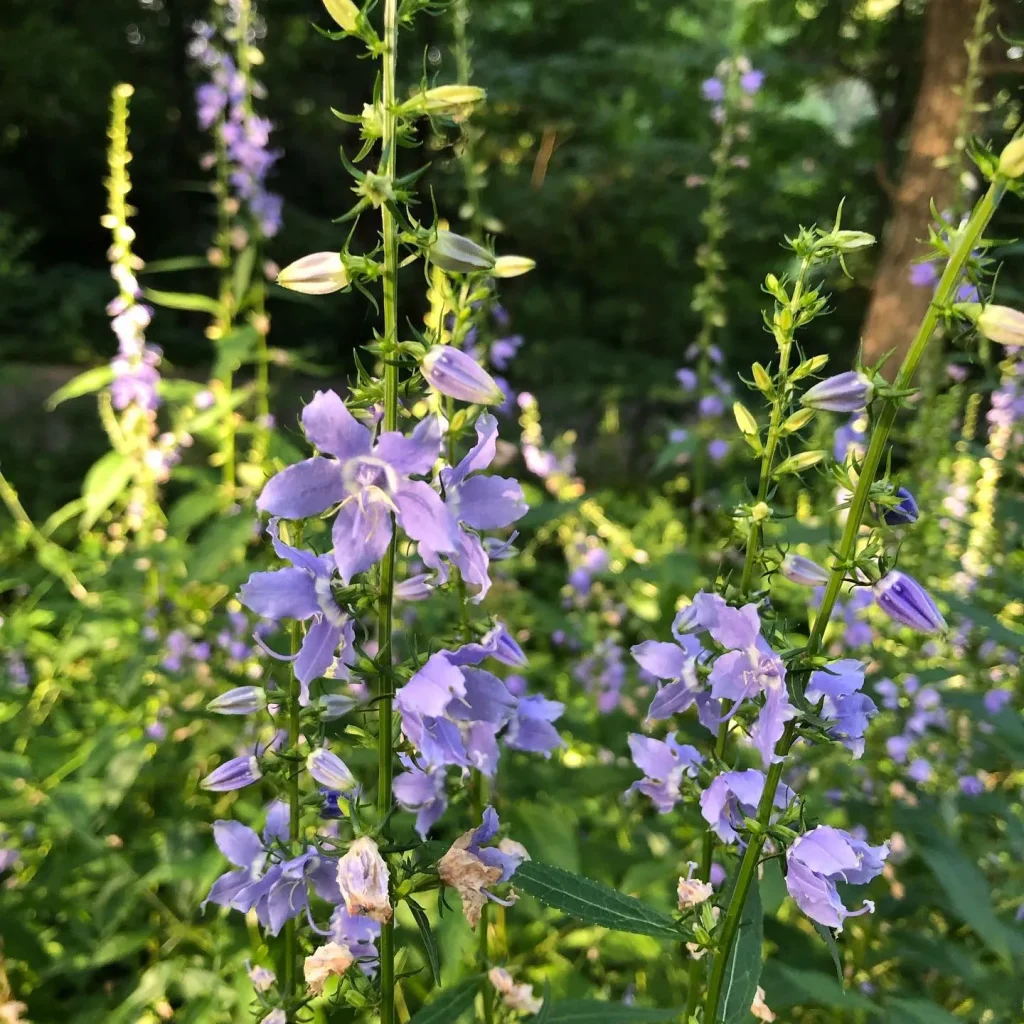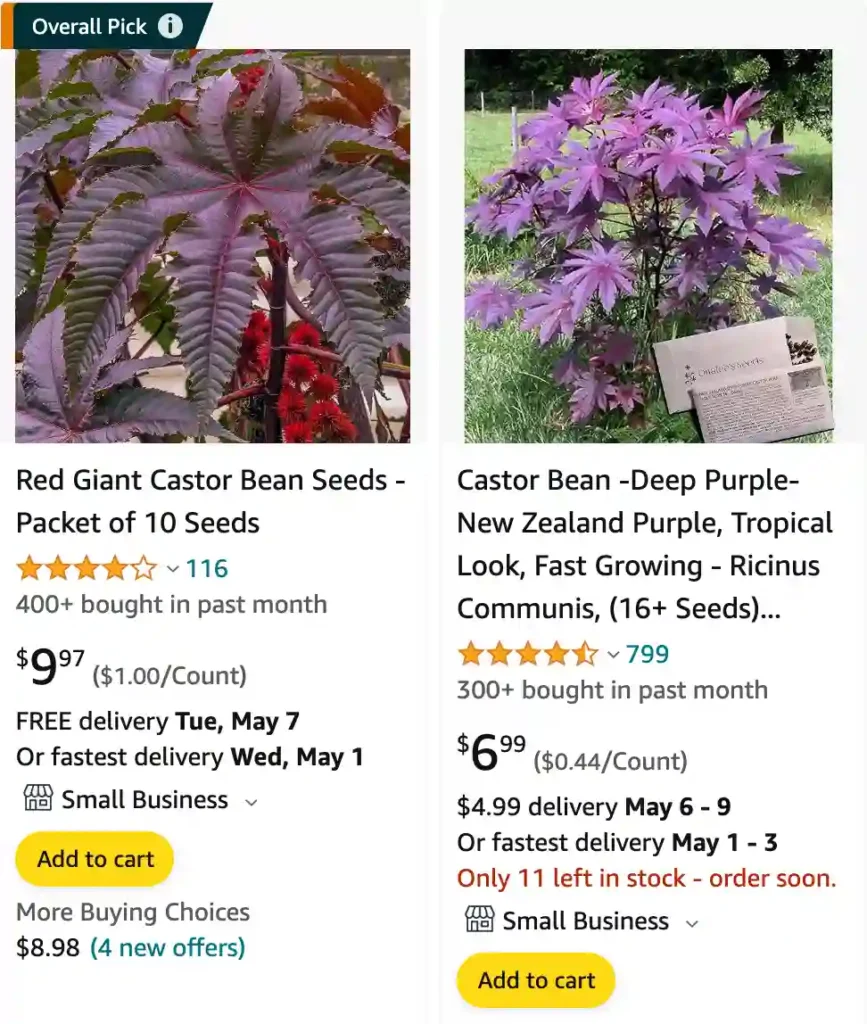
What are castor beans?
I’ve heard of castor beans, but I’ve never actually seen one up close. From what I remember, they’re the source of castor oil, which has all sorts of uses, and apparently they’re quite pretty to look at because people grow the plants ornamentally. But the thing that always stuck with me is that castor beans are incredibly poisonous. I think there’s a substance called ricin in them that’s really dangerous if you eat the beans. It’s one of those weird things where a plant can produce something both useful and deadly.
How many castor beans are deadly?
Honestly, I’m not comfortable giving a specific number on this one. I know castor beans are super dangerous, and it doesn’t take many to cause serious harm or even death. I’ve heard stories about how just chewing one or two can be fatal. It’s scary to think about, and the idea of accidentally ingesting even a part of one freaks me out. This is a situation where it’s way better to be safe than sorry – if you think there’s a chance you or someone else has been exposed to castor beans, the best thing to do is get medical help immediately.
Are castor beans poisonous?
Absolutely, castor beans are incredibly poisonous. They contain a dangerous toxin called ricin, and it’s really concentrated. I’ve heard that ingesting even a tiny amount can cause severe vomiting, diarrhea, and, in extreme cases, even organ failure. The scariest thing is that sometimes symptoms might not show up for hours or even days. It’s one of those plants that looks beautiful, but you definitely want to admire it from a distance and make sure kids and pets stay far away.
How to make castor oil from castor bean?
While I know the general idea behind making castor oil, I absolutely wouldn’t recommend trying to do this at home. Handling raw castor beans is incredibly dangerous due to the ricin they contain. The process usually involves steps like roasting, grinding, and boiling, and if you’re not properly trained with the necessary safety equipment, one small mistake could have serious consequences. It’s the type of thing that’s much better left to professional facilities that handle the production responsibly.
Can you eat castor beans?
Absolutely not! Castor beans are extremely toxic, and you should never eat them under any circumstances. They contain a poison called ricin, which is incredibly dangerous. Even chewing on a single bean could cause severe health problems and can even be fatal. I know some people might be curious since castor oil is used in various things, but it’s important to remember that castor oil goes through a process to make it safe for use. The raw beans themselves are definitely not meant for consumption.
What are castor beans used for?
I know the biggest use of castor beans is to produce castor oil, which has all sorts of applications. I’ve used castor oil myself for stuff like making my hair and eyelashes look fuller, and I remember my grandma always kept a bottle in the bathroom for whenever someone had a stomachache. But apparently, it’s used way beyond just home remedies – it’s in things like paints, lubricants, and even some medicines. It’s pretty amazing to think that something derived from a plant so dangerous can have all these useful purposes.
Where to buy castor beans?
Honestly, I’d be wary about buying castor beans. Because they’re so poisonous, I’m not sure if they’re readily available just anywhere. You might find them sold as ornamental seeds for the castor bean plant, but I’d always exercise extreme caution. My personal approach would be to leave the handling of castor beans to the professionals. If you’re looking for castor oil, it’s widely available in stores and online, and that’s a much safer way to get the benefits without the risk.
Are castor beans illegal?
The legality of castor beans is a bit complicated. It’s not that the beans themselves are strictly illegal, but there might be regulations and restrictions in place depending on where you live. Because of the potential danger and risk of misuse, some places might require permits or licenses if you plan on growing or possessing large amounts of castor beans. My best advice is to check your local laws and regulations. This is definitely not something you want to take lightly, as there can be serious consequences for mishandling castor beans.
What does a castor bean look like?
Castor beans look a bit like small, mottled beans with a slightly shiny surface. They have a really interesting pattern, often a mix of brown, tan, and sometimes even reddish colors.
It’s important to note, though, that while they look a bit like beans, they are definitely not edible and are very poisonous.
How to dispose of castor bean plants?
Getting rid of castor bean plants takes extra care because of their toxicity. Here’s what I’d recommend:
- Protective Gear: Wear gloves, long sleeves, and a mask to avoid any contact with the plant.
- Don’t Compost: Composting them at home is risky. The heat might not be enough to fully destroy the ricin.
- Bag and Bin: If possible, carefully bag up the entire plant, roots and all. Dispose of the sealed bag in your regular trash.
- Municipal Disposal: Contact your local waste management or gardening authorities. They might recommend bringing the plant to a dedicated facility for safe disposal.
Remember: The key is preventing accidental exposure, especially for kids and pets. Do your research about your local guidelines for handling toxic plant material.
